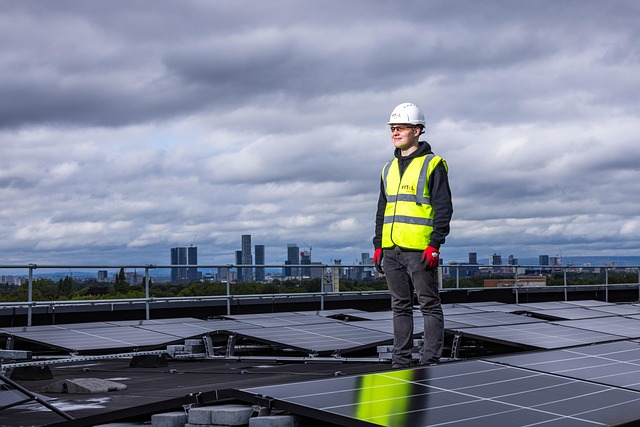As we navigate an era increasingly defined by climate change and environmental considerations, the significance of building energy engineering cannot be overstated. This field plays a pivotal role in driving sustainability, as it directly influences how buildings consume energy. With buildings being responsible for a substantial fraction of global emissions, the engineering solutions we design, implement, and optimize are critical to emission reduction efforts.
The architecture and construction industry has traditionally been seen as one of the largest contributors to greenhouse gas emissions. The materials used, the design choices made, and the energy systems installed can either exacerbate the problem or be part of the solution. In this context, building energy engineering emerges as a beacon of hope. By incorporating energy-efficient technologies and practices, we can transform our infrastructure into environmentally friendly entities that not only reduce energy consumption but also actively utilize renewable sources.
Imagine a world where buildings generate their own energy using solar panels or wind turbines, dramatically decreasing reliance on non-renewable resources. This is not merely a dream; it is the future that building energy engineering is helping to usher in. The integration of advanced insulation materials, smart building technologies, and sustainable building practices is reshaping our skylines and reducing the carbon footprint of the built environment.
Moreover, building energy engineering emphasizes the importance of retrofitting existing structures to meet modern energy efficiency standards. Many buildings in our cities are relics of the past, constructed without consideration for today’s environmental challenges. Through energy audits and the application of innovative solutions, we can breathe new life into these buildings, enhancing their performance while preserving their historical value. This approach not only aids in emission reduction but also promotes a healthier indoor environment for occupants.
Climate change is no longer a distant threat; it is a present-day reality that we must confront head-on. Every action counts, and the decisions made in the realm of building energy engineering are crucial in the fight against this pervasive issue. By innovating and implementing energy-efficient systems, we can significantly decrease energy waste and lower greenhouse gas emissions.
As consumers become more aware of the environmental impact of their choices, the demand for sustainable building practices continues to rise. It is the responsibility of engineers, architects, and builders to respond to this demand with creativity and expertise, ensuring that every new project not only meets but exceeds energy efficiency standards. This cultural shift toward sustainability is vital, as it encourages a collective responsibility for the environment, instilling values of conservation and respect for our planet.
In this dynamic landscape, the intersection of building energy engineering and environmental stewardship is becoming increasingly clear. By focusing on reducing emissions through strategic design and technology implementation, we have the opportunity to make a lasting impact. This not only contributes to a healthier planet but also fosters a legacy of sustainability for future generations to build upon.



